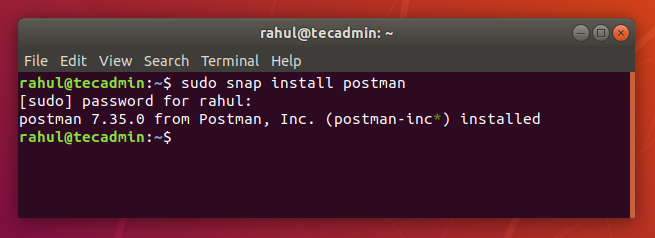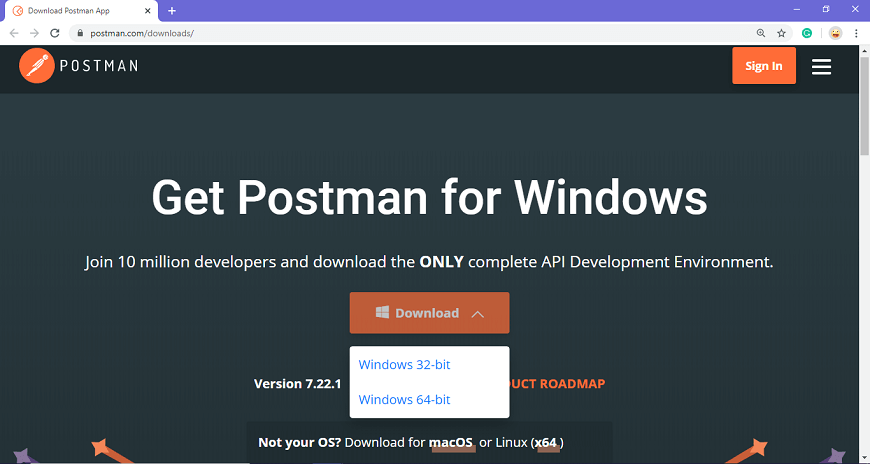

- #Do i need homebrew to install postman for mac how to#
- #Do i need homebrew to install postman for mac code#
If you receive a “No such file or directory” error, try navigating to the /usr/local/bin directory and rerunning In terminal, run: ngrok authtoken YOUR_TOKEN To find YOUR_TOKEN, go to your ngrok dashboard. Install ngrok using Homebrew, as documented here.įor Homebrew v2.6.x and below: brew cask install ngrokįor Homebrew v2.7.x and above: brew install -cask ngrok
#Do i need homebrew to install postman for mac how to#
Here is a quick example of how to subscribe to a webhook with a dummy server using a Mac Step 1 To do this, you can define the execution within the script object in the to create a webhook using Node, Express and Ngrok
#Do i need homebrew to install postman for mac code#
Now, we have to set up the execution, which can be utilized to run the code on the go as a part of the continuous integration process. skipRequests: "request name with space,requestNameWithoutSpace" skipFolders: "folder name with space,folderWithoutSpace", Collection URL from a public link or the Postman API can also be usedĬollection: basepath + '/collection/testapiproject.postman_collection.json', Var reportpath = path.resolve("././")+"/report" The runner object that I have defined looks like this: So, to declare global variables, we will have to declare the globalVar object where we can define the respective global variables in key-value pairs. A point to be noted is that, if we are using global variables in postman, then we will need to keep in mind that it will not be accessible outside the scope of the postman. In the runner.js, we will need to give the path where the collections are present and the path where the report will be created. To set up the runner, you will need to create a file called runner.js in the runner directory within the app directory. To export a collection from the postman, click on export from collection to the collection folder in the app directory of the project. This will create the package-lock.json and will install the respective modules and dependencies in the node_modules directory within the project root folder. Once created, create a JSON object as dependencies and include the following dependencies to be installed: Let's start by creating the dependencies of the project by running the command npm init. Collections will contain the collection.json exported from the postman and the runner will have the Newman runner code. Inside app there are two directories collections and runner. Inside the root directory of the project, I have created two directories app and report. Let's start implementing the API tests by creating the project directory structure. Here, we are also going to use the Newman-HTML-reporter library to consolidate the test results within an HTML file. To install using homebrew in mac, run the command brew install newman. To install locally within the current project, make it a part of the package.json. This helps running Newman from anywhere in the system. To install Newman, run the command npm install -g newman.

To verify you have npm installed, run the command npm -v. If nodejs is installed within the system, then it is most likely that you would have npm installed as well. The easiest way to install Newman is using NPM. To get started with the Newman setup, you need to have a node js version greater than 10. It is built with extensibility in mind so that you can easily integrate it with your continuous integration servers and build systems. It allows you to effortlessly run and test a Postman collection directly from the command line.

Newman is a command-line collection runner for Postman. I will brief you on a few important things before on how we can set up API collections on Newman. This is a brief introduction to how you can use the Newman library to make API testing automation a part of the continuous integration process.


 0 kommentar(er)
0 kommentar(er)
